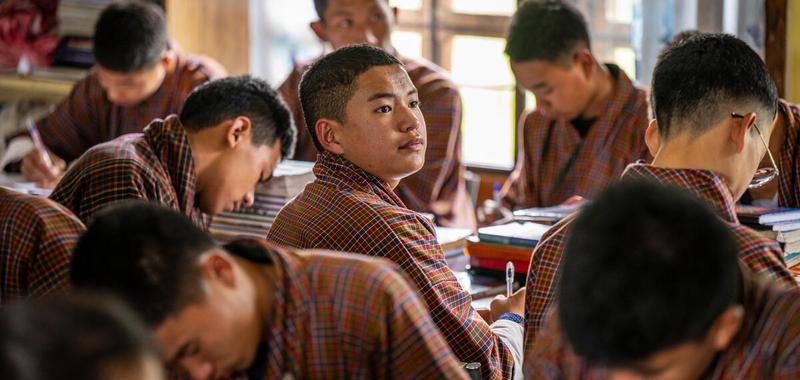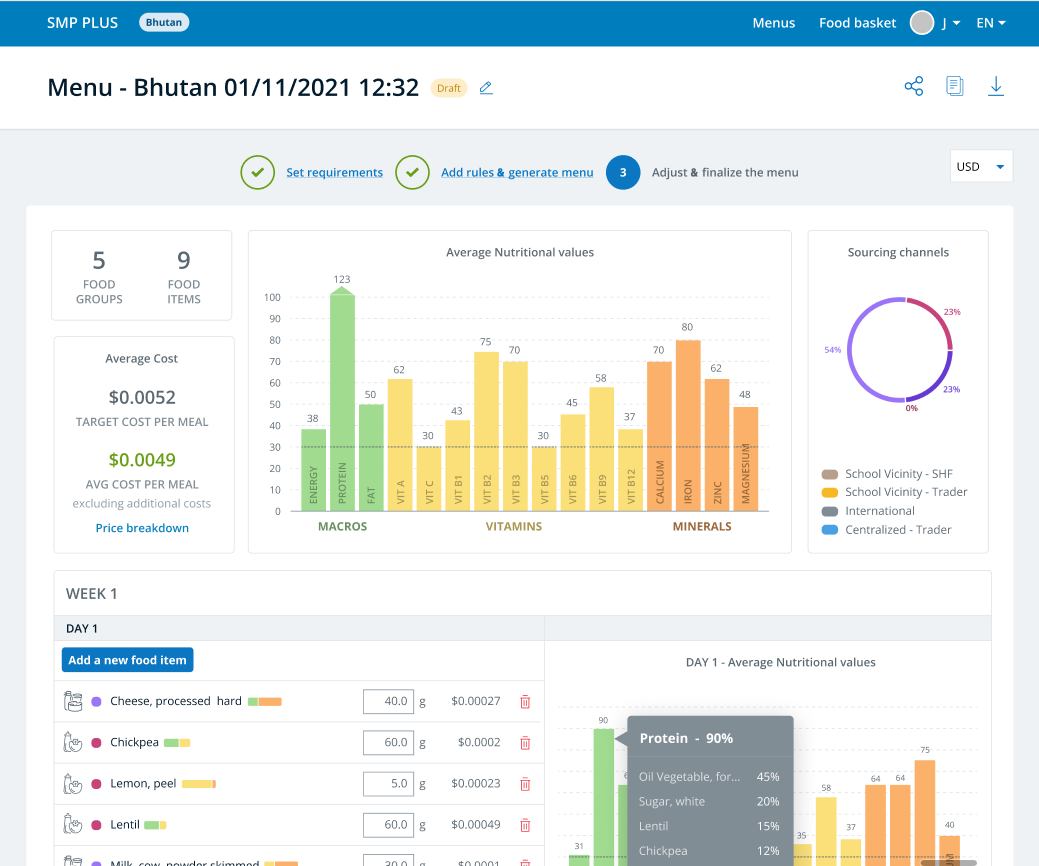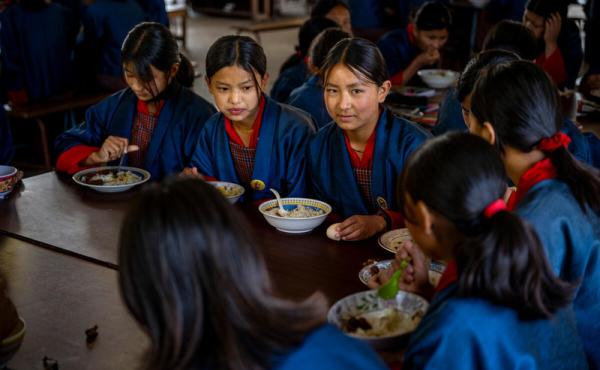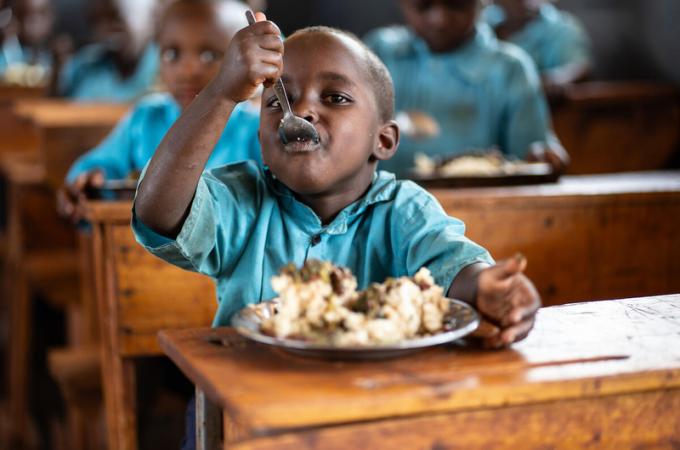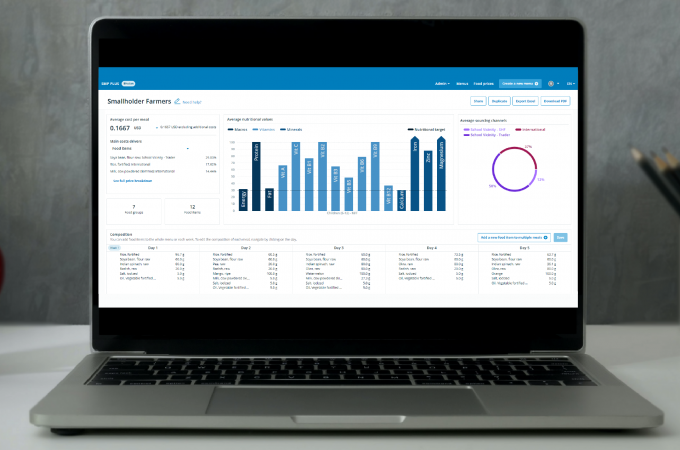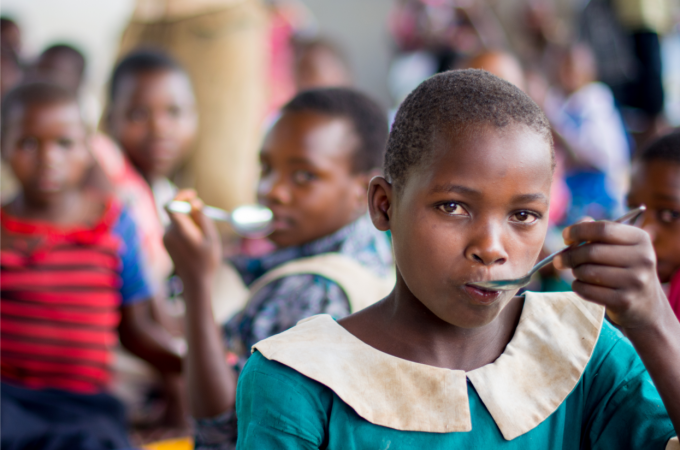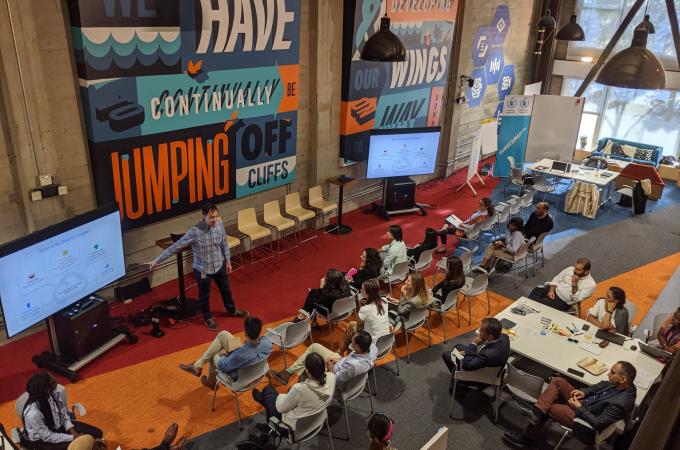Today, SMP PLUS is transforming school feeding programmes across 17 countries by improving nutrition, reducing costs and increasing local food procurement. Its optimized menus empower governments to deliver healthier, more sustainable meals while strengthening local food systems and ensuring children stay in school.
Madagascar – Supporting Local Procurement
SMP PLUS played a key role in improving Madagascar’s national school feeding programme by designing locally sourced, affordable menus. For the 2024 school meal plan, 59 percent of food will be procured locally, strengthening local food systems and boosting the integration of staple foods into school meals.
Lesotho – Increasing Budgets and Meal Diversity
In Lesotho, SMP PLUS supported advocacy efforts that led to a 65 percent increase in school feeding budgets from 2023 to 2024. The tool also diversified school meals, increasing the variety of food groups from four to eight and introducing ten new local ingredients. Today, SMP PLUS is a key tool in Lesotho’s national school feeding policy, benefiting nearly 295,000 children across 1,400 schools.
Bhutan – Reducing Costs and Supporting Local Food
In Bhutan, SMP PLUS piloted optimized menus that reduced costs by 20 percent and increased locally procured food by 70 percent. These improvements strengthened local food systems and enhanced the nutritional quality of school meals.
Sri Lanka – Addressing Budget Constraints
During a period of financial challenges, SMP PLUS helped Sri Lanka maintain its school feeding programme by developing optimized menus that reduced costs while ensuring nutritional standards. This work supported advocacy for increased funding per child, ensuring continued access to school meals for vulnerable children.



